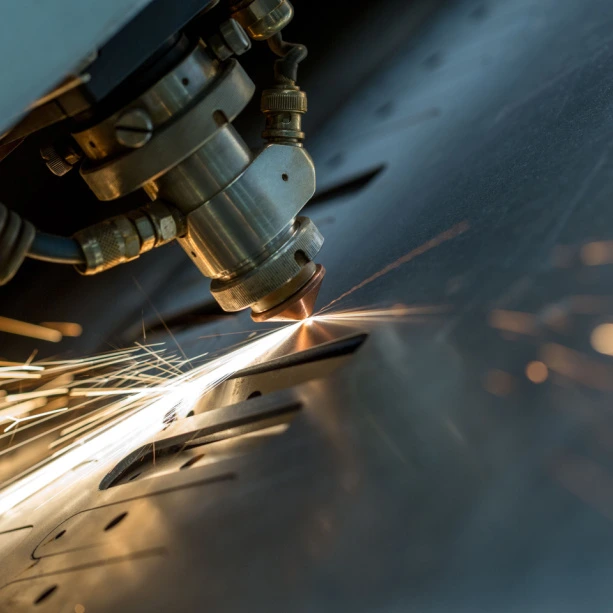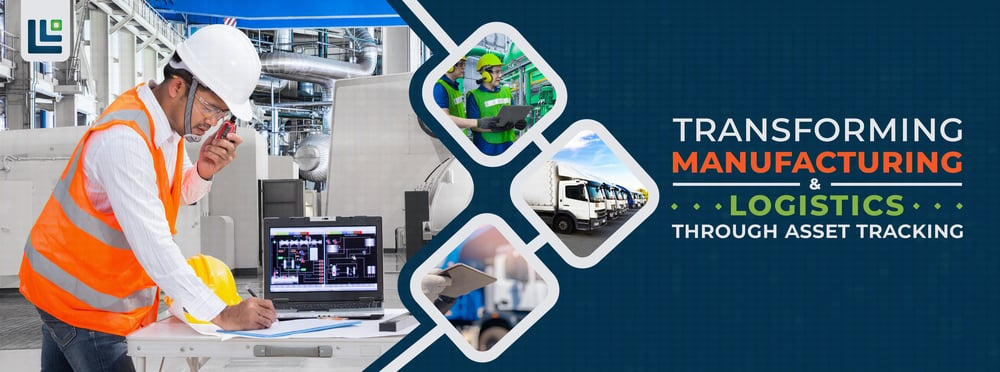Remaining Useful Life (RUL) is a term used in the manufacturing industry to discuss the expected lifespan of both daily-use and specialized assets. The RUL of tools and equipment is an important estimate that can help operators predict when those assets will need to be replaced so they can prepare for the upcoming costs. It also helps ensure optimal production uptime by staggering these replacements so processes can continue if a replacement does not arrive in time due to supply chain challenges or other complications.
But what exactly is Remaining Useful Life and what does it have to do with both preventative and predictive maintenance? Let’s break down the concept before exploring how asset tracking can help deliver on the idea’s potential.
What is Remaining Useful Life?
RUL predicts how much longer equipment, tools, or other assets are expected to function. This estimate determines when companies can expect to replace their assets, allowing them to plan operations and budgets accordingly. It also helps operators determine whether it’s worth fixing a piece of equipment that unexpectedly broke down due to unpredictable circumstances. Essentially, RUL equips them to make informed decisions by answering the question, “How much longer is this equipment expected to last before it needs repairs?” If the fix is expensive and the equipment is slated for a near future replacement, it makes more sense to replace it ahead of time rather than wasting money on a temporary fix.
RUL can be impacted by a number of factors. Firstly, it’s going to matter what type of equipment is being used and how durable it is known to be. As with anything, certain brands and certain models are going to be naturally more resilient than others, although they often cost more. It also matters how often the equipment is used. Some tools are used on a plant floor daily without end, while others are used occasionally. Depending on what asset is being evaluated, constant use can be better or worse than occasional use, similar to how cars start to break down when they are not driven enough. Other factors include the age of the asset and any unexpected breakdowns that occurred in its history. These factors are evaluated in conjunction with the asset's original cost and the cost of replacement to determine how long it can be expected to continue providing more value and when it is more cost-effective to invest in a replacement.
Using RUL to Inform Preventative Maintenance
As touched on briefly, RUL can be used to inform unprecedented maintenance decisions when they arise. But much of RUL’s value comes from how it can inform preventative maintenance schedules and strategies. As a practice, preventative maintenance serves a similar goal of helping to prolong equipment’s life by anticipating and addressing maintenance needs before they arise. This also helps sustain productivity by ensuring that maintenance schedules are staggered and that nothing breaks down in a way that could have been prevented.
Preventative maintenance is also predicted similarly to RUL, with the schedules being formulated based on how often equipment is used, how new it is, and how many previous problems it has exhibited. Preventative maintenance is also evaluated based on how long a tool or equipment is expected to last. Therefore, preventative maintenance partially depends on RUL estimations, even when that term isn’t explicitly used.
But why is RUL a factor in preventative maintenance? Simply stated, preventative maintenance aims to keep assets functional for as long as possible. This practice seeks to extend an asset’s lifespan and to ensure that it is functioning as reliably as possible for the duration of that lifespan. RUL, at its roots, is the best case scenario for an asset’s lifespan. It’s a prediction of how long that asset will be useful if nothing unexpected occurs in its future. Preventative maintenance helps achieve that best case scenario by making periodic adjustments staggered throughout that timeline regularly.
Join the AirFinder Difference!
- Innovation. Organizations can be freed up to innovate and bring more impactful products and services to market.
- Profitability. Increased profitability provides new opportunities to innovate and improve valuation.
- Digital Transformation. Discover competitive advantages, new revenue opportunities, improved customer relationships, and increased efficiency.
Asset Tracking as a Method of RUL Tracking
Asset tracking can help provide both RUL tracking and preventive maintenance tracking. An element of asset tracking called utilization aims to automatically track how often any given asset is being used. Since the frequency of use is a factor in both RUL predictions and the resultant preventive maintenance decisions, this is an incredibly useful tool for operators to have access to. Otherwise, utilization is maintained manually, which leaves room for inaccurate records and miscommunication between workers. It also allows for staggered use of different assets of the same type, which prolongs the lifespan of each asset individually.
Asset tracking also makes it easier to identify which assets are due for maintenance. Typically, many plants will have multiple instances of the same asset. They are visually similar without much outward difference and often stored in the same location. This makes it incredibly easy to mix up the individual assets, perhaps performing the same maintenance on a single asset twice when the intention was to perform it on two different assets. The visibility provided by an asset tracking system lends itself to preventing these cases of mistaken identity.
Embrace Asset Tracking for RUL and Preventative Maintenance
Link Labs provides an asset tracking solution that can aid in your company’s preventative maintenance needs to help you achieve the optimal RUL for your assets. Track location and utilization to ensure the ideal lifecycle for your assets with an affordable asset tracking system that scales to your company’s size and needs. To learn more about how Link Labs can work for you, book a demo today.





